The Historic - And, Rather Eventful - Test Flight Of The SpaceX SN8 Prototype. In Spite Of Its Heavy
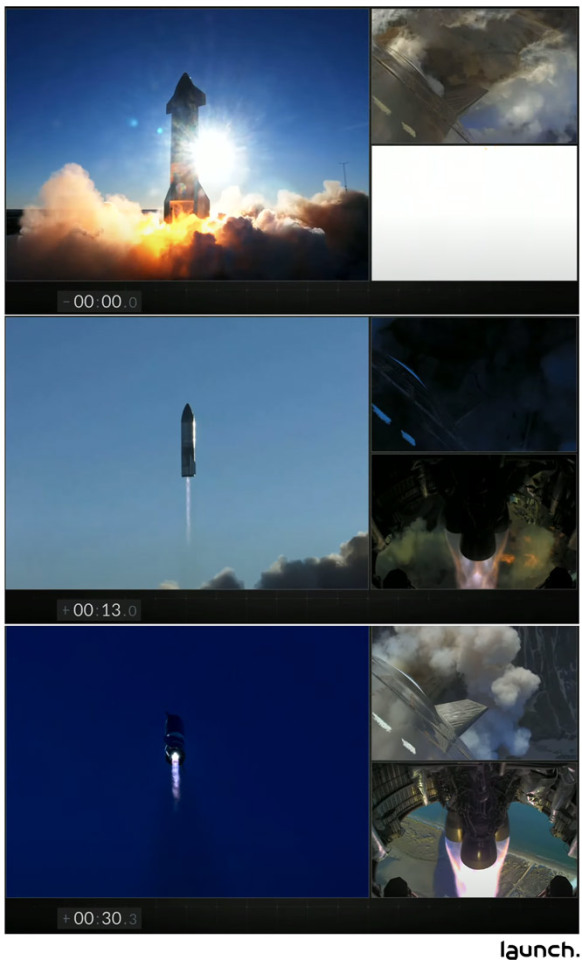
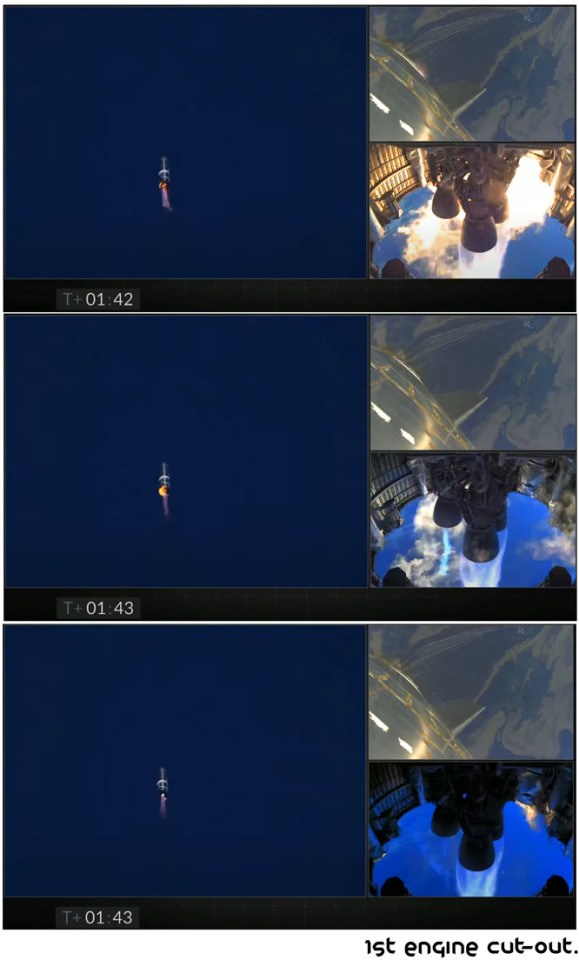
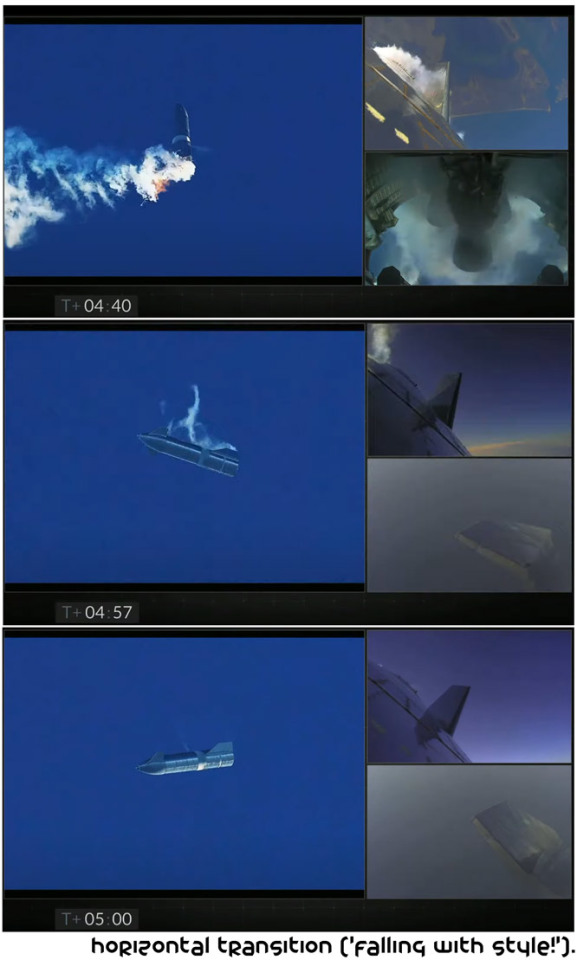
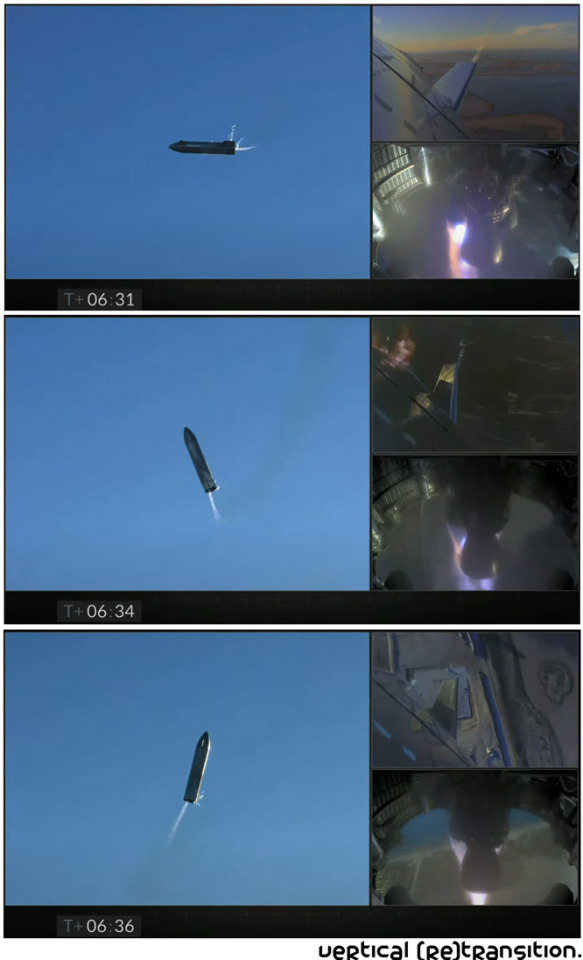
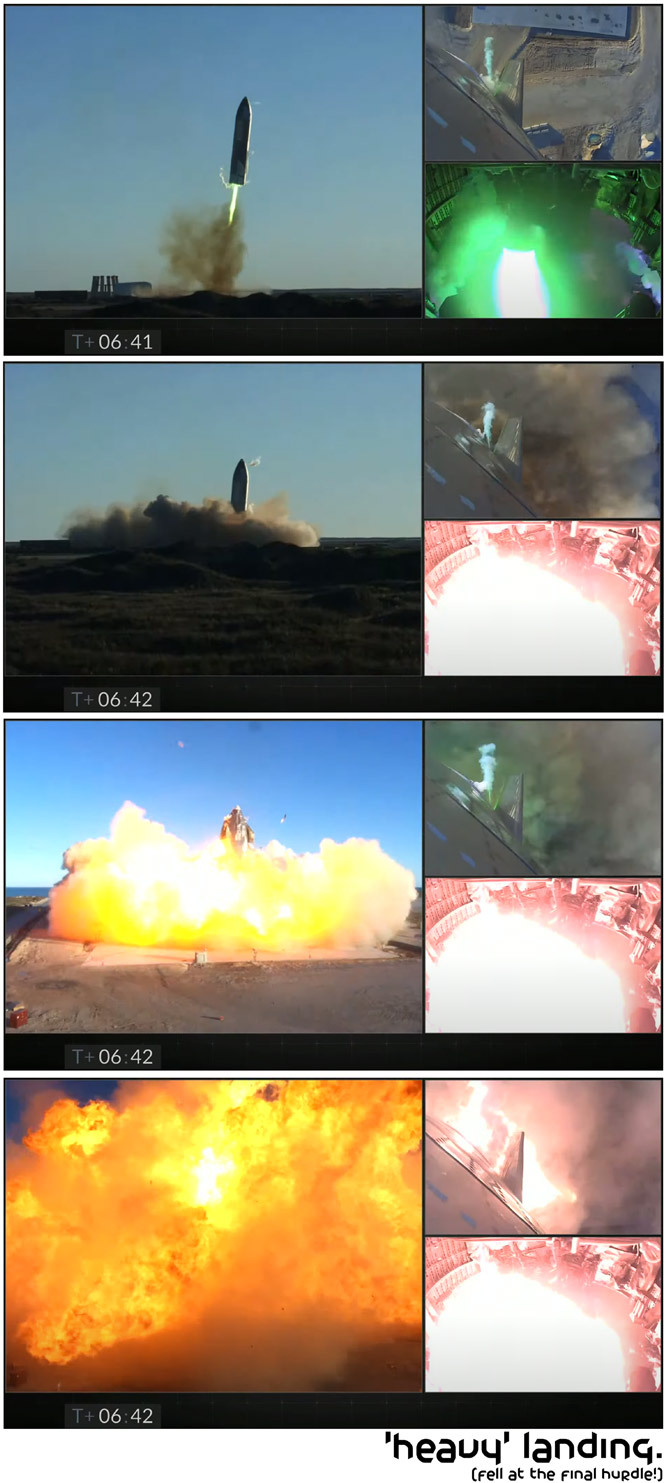
The historic - and, rather eventful - test flight of the SpaceX SN8 prototype. In spite of its heavy landing and subsequent destruction of the craft, I think in most other respects, it was a resounding success.
More Posts from Sergioballester-blog and Others
Stars Make Firework Supplies!
The next time you see fireworks, take a moment to celebrate the cosmic pyrotechnics that made them possible. From the oxygen and potassium that help fireworks burn to the aluminum that makes sparklers sparkle, most of the elements in the universe wouldn’t be here without stars.
From the time the universe was only a few minutes old until it was about 400 million years old, the cosmos was made of just hydrogen, helium and a teensy bit of lithium. It took some stellar activity to produce the rest of the elements!

Stars are element factories
Even after more than 13 billion years, the hydrogen and helium that formed soon after the big bang still make up over 90 percent of the atoms in the cosmos. Most of the other elements come from stars.

Stars began popping into the universe about 400 million years after the big bang. That sounds like a long time, but it’s only about 3% of the universe’s current age!
Our Nancy Grace Roman Space Telescope will study the universe’s early days to help us learn more about how we went from a hot, soupy sea of atoms to the bigger cosmic structures we see today. We know hydrogen and helium atoms gravitated together to form stars, where atoms could fuse together to make new elements, but we're not sure when it began happening. Roman will help us find out.

The central parts of atoms, called nuclei, are super antisocial – it takes a lot of heat and pressure to force them close together. Strong gravity in the fiery cores of the first stars provided just the right conditions for hydrogen and helium atoms to combine to form more elements and generate energy. The same process continues today in stars like our Sun and provides some special firework supplies.
Carbon makes fireworks explode, helps launch them into the sky, and is even an ingredient in the “black snakes” that seem to grow out of tiny pellets. Fireworks glow pink with help from the element lithium. Both of these elements are created by average, Sun-like stars as they cycle from normal stars to red giants to white dwarfs.
Eventually stars release their elements into the cosmos, where they can be recycled into later generations of stars and planets. Sometimes they encounter cosmic rays, which are nuclei that have been boosted to high speed by the most energetic events in the universe. When cosmic rays collide with atoms, the impact can break them apart, forming simpler elements. That’s how we get boron, which can make fireworks green, and beryllium, which can make them silver or white!

Since massive stars have even stronger gravity in their cores, they can fuse more elements – all the way up to iron. (The process stops there because instead of producing energy, fusing iron is so hard to do that it uses up energy.)
That means the sodium that makes fireworks yellow, the aluminum that produces silver sparks (like in sparklers), and even the oxygen that helps fireworks ignite were all first made in stars, too! A lot of these more complex elements that we take for granted are actually pretty rare throughout the cosmos, adding up to less than 10 percent of the atoms in the universe combined!
Fusion in stars only got us through iron on the periodic table, so where do the rest of our elements come from? It’s what happens next in massive stars that produces some of the even more exotic elements.

Dying stars make elements too!
Once a star many times the Sun’s mass burns through its fuel, gravity is no longer held in check, and its core collapses under its own weight. There, atoms are crushed extremely close together – and they don’t like that! Eventually it reaches a breaking point and the star explodes as a brilliant supernova. Talk about fireworks! These exploding stars make elements like copper, which makes fireworks blue, and zinc, which creates a smoky effect.
Something similar can happen when a white dwarf star – the small, dense core left behind after a Sun-like star runs out of fuel – steals material from a neighboring star. These white dwarfs can explode as supernovae too, spewing elements like the calcium that makes fireworks orange into the cosmos.

When stars collide
White dwarfs aren’t the only “dead” stars that can shower their surroundings with new elements. Stars that are too massive to leave behind white dwarfs but not massive enough to create black holes end up as neutron stars.
If two of these extremely dense stellar skeletons collide, they can produce all kinds of elements, including the barium that makes fireworks bright green and the antimony that creates a glitter effect. Reading this on a phone or computer? You can thank crashing dead stars for some of the metals that make up your device, too!

As for most of the remaining elements we know of, we've only seen them in labs on Earth so far.
Sounds like we’ve got it all figured out, right? But there are still lots of open questions. Our Roman Space Telescope will help us learn more about how elements were created and distributed throughout galaxies. That’s important because the right materials had to come together to form the air we breathe, our bodies, the planet we live on, and yes – even fireworks!
So when you’re watching fireworks, think about their cosmic origins!
Learn more about the Roman Space Telescope at: https://roman.gsfc.nasa.gov/
Make sure to follow us on Tumblr for your regular dose of space: http://nasa.tumblr.com

NASA’s Perseverance takes first photo.

Blue Marble, Eastern Hemisphere March 2014 by NASA Goddard Photo and Video

The Challenger space shuttle is starting last successfull mission before disaster. Credit: NASA

July 20, 1969
Project Apollo on Flickr









Grand Jupiter

Sampling the ocean on Enceladus by europeanspaceagency









The Planets (BBC) - Jupiter and Io
-
 tangymergs liked this · 3 years ago
tangymergs liked this · 3 years ago -
 no-fooking-fighting reblogged this · 4 years ago
no-fooking-fighting reblogged this · 4 years ago -
 no-fooking-fighting liked this · 4 years ago
no-fooking-fighting liked this · 4 years ago -
 j-r-macready liked this · 4 years ago
j-r-macready liked this · 4 years ago -
 freewingthefree reblogged this · 4 years ago
freewingthefree reblogged this · 4 years ago -
 freewingthefree liked this · 4 years ago
freewingthefree liked this · 4 years ago -
 stickpivotlord liked this · 4 years ago
stickpivotlord liked this · 4 years ago -
 iamthatswimmerguy liked this · 4 years ago
iamthatswimmerguy liked this · 4 years ago -
 caseyb56 liked this · 4 years ago
caseyb56 liked this · 4 years ago -
 reddog1984 liked this · 4 years ago
reddog1984 liked this · 4 years ago -
 storiadinessuno liked this · 4 years ago
storiadinessuno liked this · 4 years ago -
 cloudchamber liked this · 4 years ago
cloudchamber liked this · 4 years ago -
 commanderfatcock reblogged this · 4 years ago
commanderfatcock reblogged this · 4 years ago -
 krysteena liked this · 4 years ago
krysteena liked this · 4 years ago -
 contemporaryuser reblogged this · 4 years ago
contemporaryuser reblogged this · 4 years ago -
 just-do-better liked this · 4 years ago
just-do-better liked this · 4 years ago -
 spinar93 liked this · 4 years ago
spinar93 liked this · 4 years ago -
 stalebeertrucker liked this · 4 years ago
stalebeertrucker liked this · 4 years ago -
 finder-of-things liked this · 4 years ago
finder-of-things liked this · 4 years ago -
 thedemiurge26 liked this · 4 years ago
thedemiurge26 liked this · 4 years ago